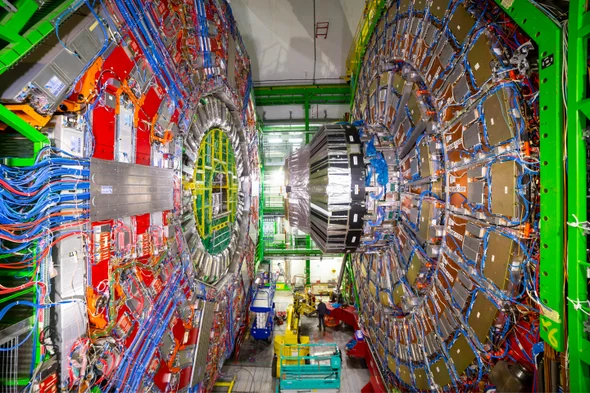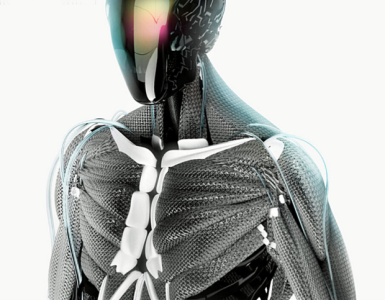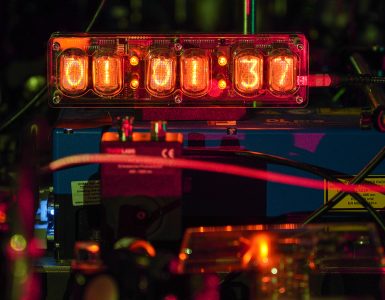Imagine that you have just arrived on a planet in another solar system. Suddenly, five minutes after you landed, you spot an alien life-form. This is an amazing discovery! You may well spend decades trying to understand this exotic being, probing its properties and investigating how it came to be there. At the same time, you expect that there may be other fascinating creatures around, maybe even more intriguing than the first and possibly much harder to get a glimpse of.
This is how it feels for particle physicists as we begin a new phase, called Run 3, at the world’s most powerful particle accelerator: the Large Hadron Collider (LHC) at CERN near Geneva. This month marks the 10th anniversary of the discovery of the Higgs boson, a long-sought particle that had been predicted almost 50 years earlier. The LHC was built to find the Higgs boson and it did. Its next goal is to find clues to help us decipher other unresolved mysteries. Although the machine has not yet uncovered other novel fundamental particles—especially the hoped for supersymmetric particles that popular theories predicted and may still be out there—since the Higgs boson, the future at the LHC is promising. We have many new avenues to explore and many reasons for optimism.
The Higgs boson discovery, which came just four years after the LHC opened, was a lucky strike—it could have taken much longer to detect the particle, or we might never have found it at all. The particle’s mass might not have been in the range accessible at the collider, or it might not have interacted enough with other particles to be produced in the LHC collisions. It might not even have existed at all. And nature was even kinder: for reasons that we don’t yet understand, it arranged for the Higgs boson’s mass to be 125 times the mass of a proton, a value that causes the Higgs to decay at rates similar to those of many of the particles we know. This property makes it convenient to explore how the Higgs boson talks to these other particles and opens many opportunities to look for the unexpected.
Read more at ScientificAmerican.com





